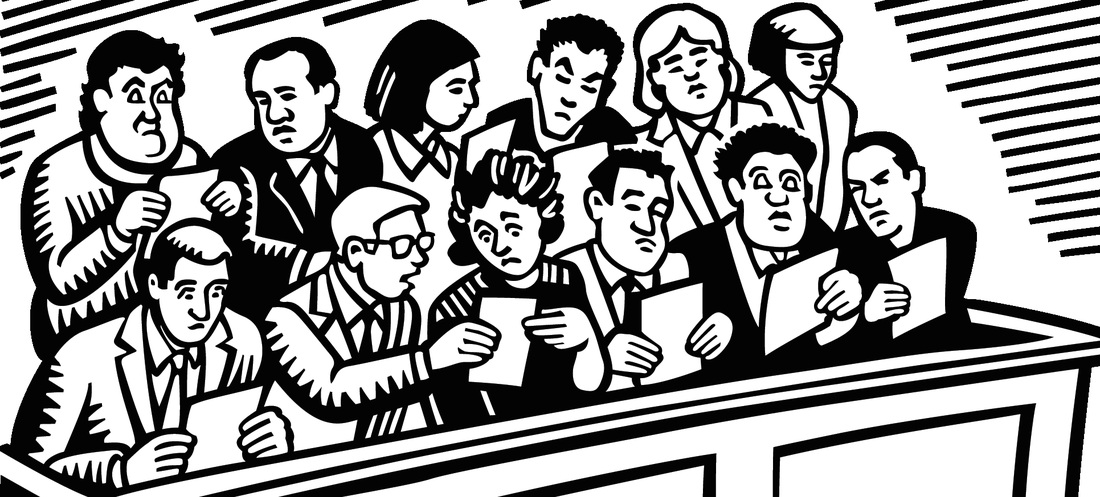By Franklin Cook
A recent summary report,* "Impact of Suicide on People Exposed to a Fatality," raises an alarm about negative effects some people bereaved by suicide suffer from their loss that go beyond their experience of grief. The report is available, below, to read or download. It delineates research evidence that substantiates two troubling facts:
First, that the bereaved are at a higher risk for suicide:"Clear and overwhelming evidence [shows] that exposure to the suicide of another person, particularly of a close intimate, elevates the risk of ... death by suicide in the population of people exposed."Second, that the suicide bereaved are at a higher risk for other negative outcomes:
"The elevated risk for suicidality is not the only adverse effect of exposure to suicide. Many studies have also found elevated rates of psychiatric disorders (particularly depression), social difficulties, and continuing grief reactions in the suicide bereaved when compared with other types of loss survivors or population-level norms."Even though research on the effects of suicide loss is sparse (which will be the subject of a post later in this series), the report concludes that the United States should "move ahead nationally to strengthen programs, services, resources, and systems to help suicide loss survivors and others affected by a fatality."
The report is available for free, to read online or download:
*The report is an excerpt from Responding to Grief, Trauma, and Distress After a Suicide: U.S. National Guidelines, a groundbreaking document recently released by the Survivors of Suicide Loss Task Force of the National Action Alliance for Suicide Prevention. Introductory material from the guidelines (Table of Contents, Executive Summary, etc.) is available at bit.ly/excerptsosl, and the complete document is available at bit.ly/respondingsuicide.

 RSS Feed
RSS Feed